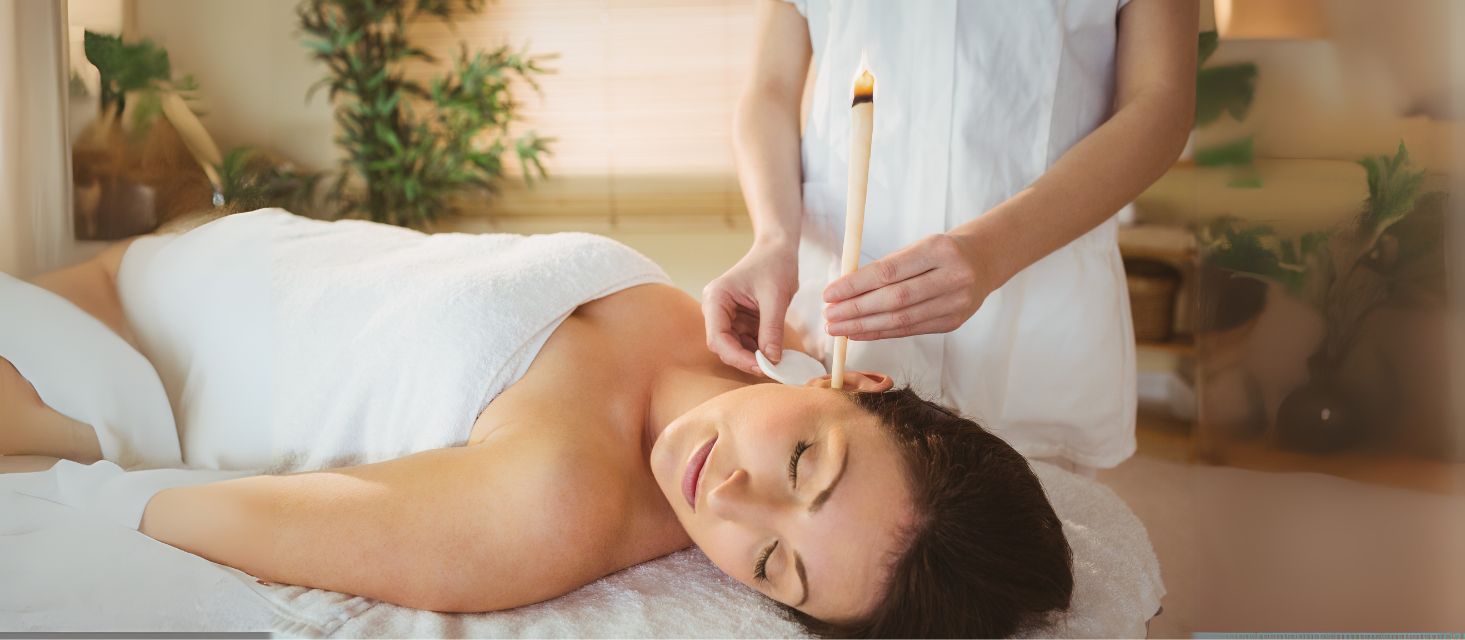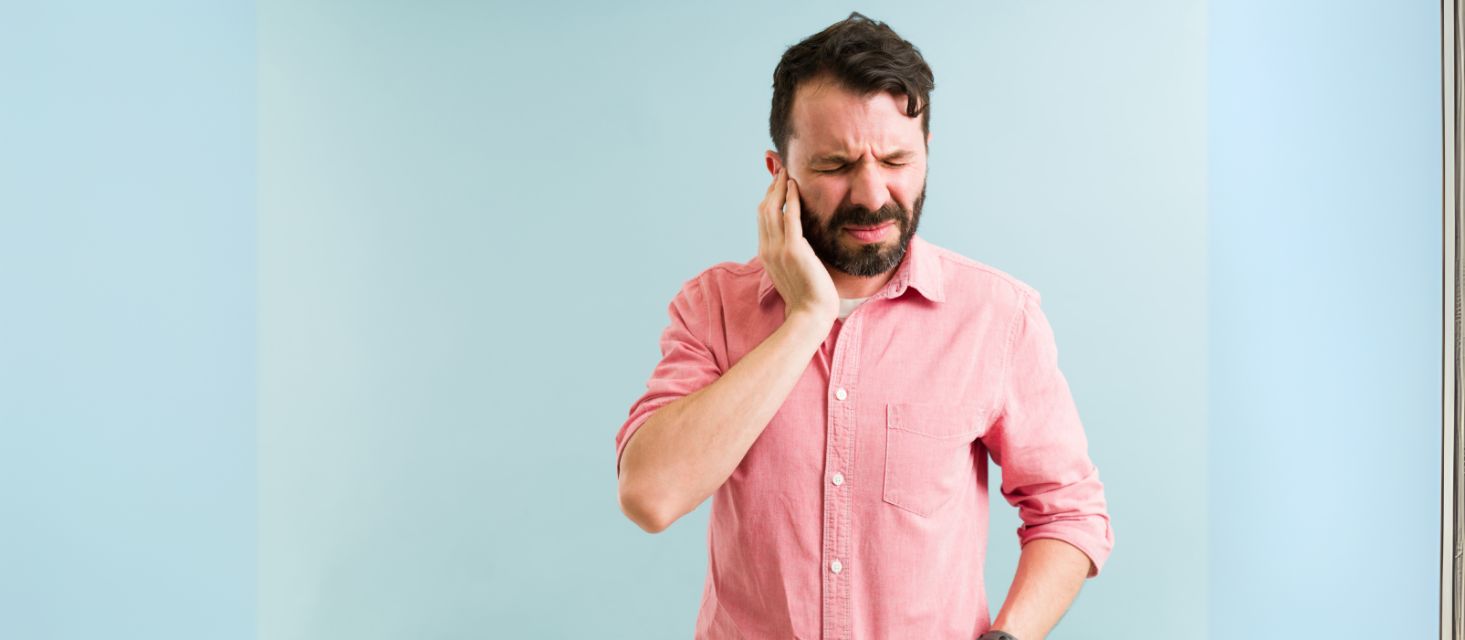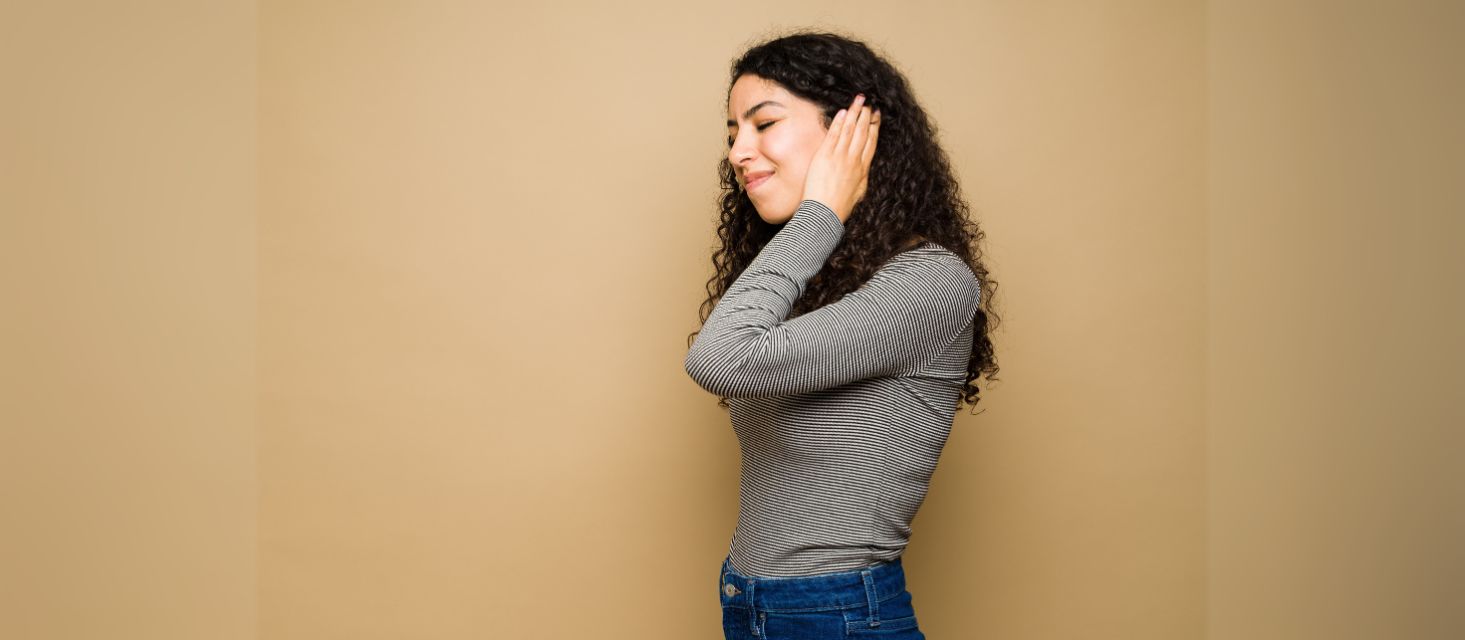Ear candling has generated significant debate among those looking for a natural way to clean their ears. Supporters claim it helps remove earwax and enhance hearing, but do these assertions have any scientific basis? This page examines the effectiveness of ear candling, exploring whether it truly delivers on its promises. We also look into safer, scientifically supported alternatives for maintaining ear health.
What Is Ear Candling?
Ear candling, also referred to as ear coning, is an alternative medicine practice that involves inserting a hollow candle into the ear canal. The other end of the candle is lit, and proponents claim that the heat from the flame creates a vacuum, which pulls earwax and other impurities out of the ear.
While the procedure is popular among some alternative medicine circles, many wonder: Does ear candling actually work, or is it just a risky fad with no scientific basis? Let’s explore how ear candling is supposed to work and whether there is any truth behind these claims.
How Ear Candling Is Supposed to Work
Proponents of ear candling believe that the process involves several key mechanisms:
-
Heat and Suction: The heat generated by the lit candle is said to create a vacuum-like suction that draws earwax and impurities out of the ear canal.
-
Relaxation Benefits: Many individuals report feeling relaxed during the procedure, similar to a spa treatment. This calming sensation is often cited as an added benefit.
-
Removal of “Impurities”: It is believed that ear candling helps to remove not just earwax but also toxins and other unwanted substances from the ear canal, promoting overall well-being.
Despite these claims, there is little to no scientific evidence supporting the effectiveness of ear candling. In fact, experts warn that it can be dangerous.
Does Ear Candling Really Work?
While ear candling may sound appealing to some, the evidence suggests that it does not work as advertised. Numerous studies have been conducted to test the efficacy of ear candles, and the results have consistently shown that ear candling does not effectively remove earwax or toxins. Here’s why:
Lack of Suction Power
The most fundamental claim of ear candling is that the heat from the candle creates a vacuum that pulls out earwax. However, studies have found no scientific basis for this claim. The amount of heat produced by the candle is not sufficient to generate the suction needed to remove earwax from the ear canal. In fact, any changes in air pressure caused by the heat are minimal and do not result in earwax removal.
Residue Confusion
After ear candling, people often notice dark debris in the candle. Many believe this is earwax that has been removed from the ear. In reality, the debris found in the candle is most likely residue from the candle itself, such as burnt candle wax or soot. The idea that this residue is earwax is a misconception, and there is no scientific evidence to support the notion that earwax is being drawn out.
Risk of Injury
One of the biggest concerns surrounding ear candling is the potential for injury. The process involves using an open flame near the face, which poses several risks:
-
Burns and Wax Drips: The hot wax can drip onto the skin or into the ear canal, causing burns or irritation.
-
Ear Blockages: Candle wax can also drip into the ear canal, potentially leading to blockages or worsening existing earwax buildup.
-
Perforated Eardrum: If the candle is inserted too far into the ear, it could cause injury to the eardrum or inner ear, leading to hearing loss or infections.
These risks highlight why many health professionals strongly advise against using ear candles.
A study published in the Journal of Otolaryngology-Head & Neck Surgery examined the safety and efficacy of ear candling, finding no significant evidence to support its claims of removing earwax or improving hearing. The study concluded that the risks of ear candling, including burns, ear blockages, and potential ear infections, far outweigh any perceived benefits (Smith et al., 2019).
Potential Risks of Ear Candling
Using ear candles can result in several serious complications:
-
Burns and Injuries: The heat from the flame and the dripping wax can cause burns to the skin, eardrum, or other sensitive areas.
-
Ear Blockages: Wax from the candle may drip into the ear canal, leading to blockages that worsen existing earwax buildup.
-
Infections: Injuries to the ear canal, especially from hot wax or improper insertion of the candle, can create openings for bacteria, leading to ear infections.
-
Hearing Loss: The risk of puncturing the eardrum or damaging the ear canal can result in permanent hearing loss in some cases.
Given these risks, it’s clear why ear candling has raised concerns among healthcare professionals and why it’s often considered unsafe.
Safe and Effective Alternatives to Ear Candling
If ear candling isn’t effective and poses significant risks, what are the best alternatives for safe ear care and earwax removal? Fortunately, there are several proven methods for cleaning your ears safely:
1. Ear Irrigation
Ear irrigation is a popular and effective way to remove earwax. This method involves flushing the ear canal with water to gently dislodge and remove wax. Devices like the Eddy by Auracle are designed to make this process easy and safe. They use adjustable water pressure to remove wax efficiently without causing injury.
Why it works:
-
Adjustable pressure settings ensure comfort and safety.
-
Audiologist-approved design minimises the risk of injury.
-
The process is quick and effective when used correctly.
2. Over-the-Counter Ear Drops
Ear drops are a simple and effective way to soften earwax, making it easier to remove. Many over-the-counter products contain ingredients like hydrogen peroxide or saline solution, which help break down earwax and facilitate its removal.
Why it works:
-
Ear drops help soften earwax, making it easier to remove naturally.
-
They are safe and easy to use at home.
-
Many ear drops contain soothing ingredients like olive oil, which help moisturise the ear canal.
3. Professional Cleaning
If you have a significant buildup of earwax or are experiencing symptoms like ear pain or hearing loss, it’s a good idea to consult an ENT specialist (Ear, Nose, and Throat doctor). Professionals can remove earwax safely using specialised tools. This is the best option for individuals with severe blockages or other ear-related health concerns.
Why it works:
-
ENT specialists use medical-grade tools and techniques to remove earwax safely.
-
This is a quick and effective solution for persistent earwax buildup.
-
Healthcare professionals can identify any underlying issues that might contribute to earwax problems.
4. Avoid Cotton Swabs
While cotton swabs (or cotton buds) are often used to clean ears, they are not recommended. In fact, using cotton swabs can push wax deeper into the ear canal, leading to impaction or blockage. This can make the problem worse over time.
Why it’s important:
-
Cotton swabs can push earwax deeper, causing blockages or injuries.
-
They can also irritate the sensitive skin in the ear canal, leading to infections.
Final Thoughts
Although ear candling might seem like an appealing option for ear cleaning, the scientific evidence shows that it is neither effective nor safe. The claims that ear candles remove earwax, toxins, or improve hearing are not supported by valid scientific evidence. Instead, ear candling may cause serious injuries, including burns, ear infections, and hearing loss.
If you're looking to remove earwax safely, consider using proven methods like ear irrigation, over-the-counter ear drops, or seeking professional help from an ENT specialist. These alternatives are far more effective and pose far fewer risks.
Looking for a reliable and safe ear cleaning solution? Discover the Eddy by Auracle, designed for easy, at-home earwax removal, recommended by audiologists for its safety and efficacy.
FAQs
Do ear candles actually remove earwax?
No, ear candles do not effectively remove earwax. The residue found in the candle after use is typically from the candle itself, not earwax. Additionally, using ear candles can cause burns, blockages, and other injuries.
What is the best way to remove earwax?
The best ways to remove earwax include using ear irrigation with tools like the Eddy, applying over-the-counter ear drops, or consulting a healthcare professional if you have severe earwax buildup.
What is the best earwax removal tool?
The Eddy by Auracle is a top choice for safe and effective earwax removal. It features adjustable water pressure and is designed with input from audiologists to ensure comfort and safety.
What is the best way to clean your ears?
To clean your ears safely, use ear drops to soften the wax, irrigate gently with a tool like the Eddy, and avoid inserting objects like cotton swabs into your ears. For persistent problems, seek professional help from an ENT specialist.








Share:
Related Blogs
The Cause of Ringing in Ears: Understanding Tinnitus
How to Unclog Your Eardrum: Understanding and Managing Swimmer's Ear